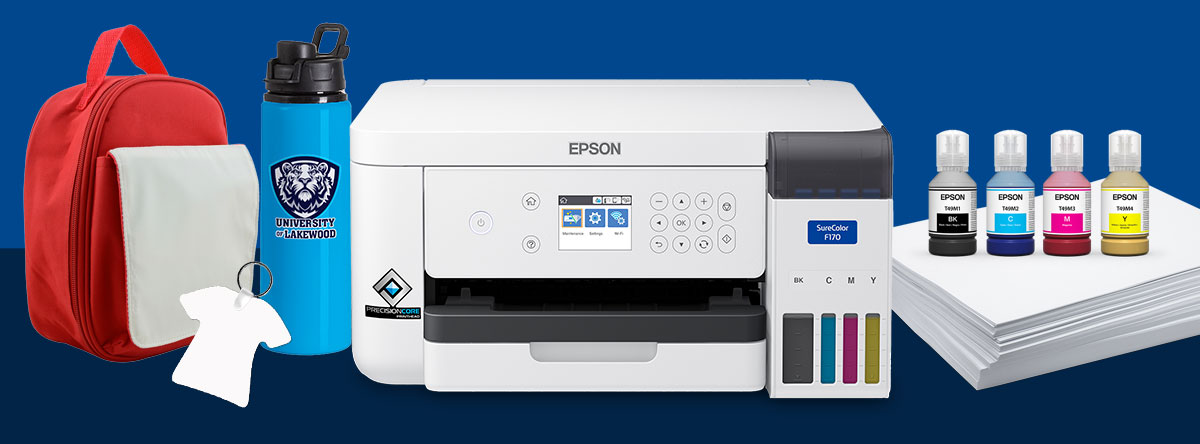The Science of Sublimation

For STEM and STEAM educators, sublimation offers a unique way to turn abstract science lessons into hands-on, creative learning experiences. While many know sublimation as the process behind vibrant personalized products, it actually stems from a fascinating scientific principle the direct change of a solid into a gas without passing through the liquid phase. By incorporating sublimation into classroom projects, teachers can help students see and apply concepts like heat transfer, molecular motion, and phase changes in real time. Imagine students designing their own artwork and then watching it transform through heat and pressure into a permanent, full-color image on a keychain, photo panel, or tote bag. These kinds of interactive activities not only reinforce chemistry and physics lessons but also spark creativity, problem-solving, and curiosity across science, technology, engineering, art, and math.
What is Sublimation?
At its core, sublimation is a process that demonstrates how energy can change the state of matter. When heat and pressure are applied to sublimation ink, the solid pigments turn directly into gas molecules, which then bond with a specially coated or polyester-based surface. Once cooled, the gas returns to a solid state (without ever becoming a liquid) and now permanently infused into the material. This process provides a clear visual of how energy impacts molecular behavior and phase transitions, making it a perfect live demonstration for lessons on heat transfer and molecular motion. Teachers can use sublimation to help students visualize otherwise invisible scientific changes happening right before their eyes.
How Can Sublimation Integrate into STEAM/STEM Classrooms?
Integrating sublimation into STEM or STEAM lessons allows students to explore the science behind color, heat, and molecular change through creative experimentation. Teachers can guide students through the full sublimation process from designing digital artwork to transferring it onto a blank using heat and pressure while encouraging them to predict and observe how temperature impacts the results. These projects not only make lessons on energy and matter more engaging, but they also strengthen digital design, problem-solving, and artistic skills. Whether used in a chemistry unit, an engineering challenge, or an art project, sublimation offers students a hands-on way to connect what they’re learning in the textbook to a real-world scientific process
Hands-On Sublimation Projects in The Classroom
Sublimation projects like custom bookmarks, tote bags, and hanging signs make science both visual and memorable for students. For a bookmark project, students can design digital patterns or illustrations, then sublimate them onto blank bookmarks while tracking how heat, time, and pressure influence the sharpness and color of the final print a great tie-in to discussions about energy transfer and temperature variables. A tote bag project can go one step further by incorporating themes from other subjects: students might design eco-themed artwork or equations related to sustainability, then sublimate their designs to explore how the gas bonds to polyester fibers on fabric. For a classroom hanging sign, students can experiment with layering colors, fonts, or textures to see how sublimation behaves differently on coated hard surfaces versus fabric materials. Each project helps students connect the dots between molecular science and creative design while giving them something tangible to display or take home a perfect blend of science, learning, and art.
Bring Science and Creativity Together In Your STEAM Classroom
By introducing sublimation into the classroom, educators can transform an abstract scientific concept into an exciting, hands-on learning experience that students won’t forget. It’s a process that blends curiosity, creativity, and critical thinking- giving students the chance to experiment, observe, and problem-solve while producing something they can proudly showcase. Whether it’s a simple bookmark or a collaborative classroom sign, sublimation helps bridge the gap between science and art, showing students that discovery can be both colorful and creative. For STEM and STEAM teachers looking to inspire their students, sublimation is more than a crafting technique, it’s science in action.
